Birth to 12 months
- In the early months, most babies' teeth haven’t yet appeared. After feeding, gently wipe their gums with a clean, soft, damp cloth.
- Around 6–12 months, teeth begin to erupt, usually starting with the lower front teeth.
- Begin brushing with a soft, baby-sized toothbrush and no toothpaste.
- Plan their first dental visit by age 1, or when their first tooth comes through.
1 to 2 years
- More teeth will begin to come through (this is the teething stage). It’s common for children to dribble more and feel irritated.
- Clean gently twice a day using a children’s soft-bristled toothbrush.
- Avoid putting your baby to bed with a bottle and limit sugary snacks and drinks to help prevent baby tooth decay.
18 months to 5 years
- Use a small pea-sized amount of low-fluoride, age-appropriate toothpaste from 18 months. (Remember to spit the toothpaste out, and don’t rinse out with water)
- By age 3, your child will typically have all 20 baby teeth.
- Encourage your child to brush, with your supervision. This helps develop their motor skills and lifelong oral health habits.
- Start introducing flossing and visit the dental clinic regularly.
- Try to discourage thumb sucking and dummy use, as they can cause the teeth to move, which may lead to an open bite.

6 to 11 years
- Around age 6, the first adult teeth (often the “6-year-old molars” at the back and lower front incisors) will begin to erupt sometimes at an angle, so keep an eye on their position.
- From ages 9–13, the canines (the “eye teeth”) and premolars come through at varying stages. It’s a good time to check for any early signs of orthodontic issues.
12 to 18 years
- This is a time of rapid change, as children become more independent, busier with school, social life, work, and planning for the future.
- Unfortunately, good oral health habits can sometimes slip. During adolescence, we often see an increase in decay, acid wear, and missed dental visits.
- Reinforce the importance of brushing, flossing, and regular dental check-ups as these are habits that protect teeth well into adulthood.
What to watch out for (at any age)
- Colour changes or white/brown spots on teeth
- Visible holes or cavities
- Puffy, red, or bleeding gums
- Ongoing toothaches, sensitivity or difficulty eating
- Teeth erupting late or at odd angles
Final tips for Parents
Setting healthy norms early on helps set a strong tone for development and prevents disease such as caries.
Remember to have regular dental visits from birth to adolescence and into adulthood.
Let’s keep those Smilestones bright and strong - from baby teeth to braces and beyond!


